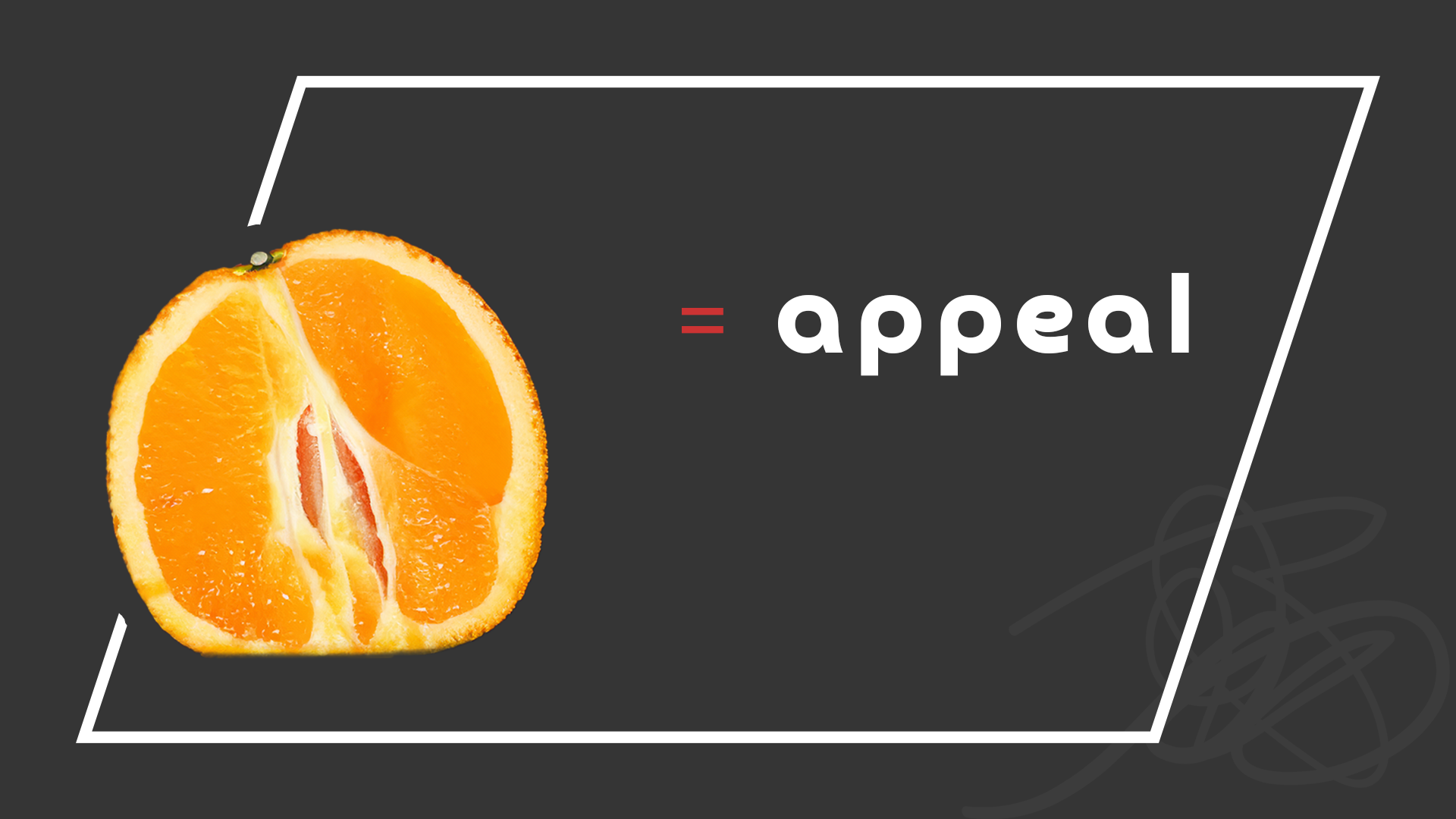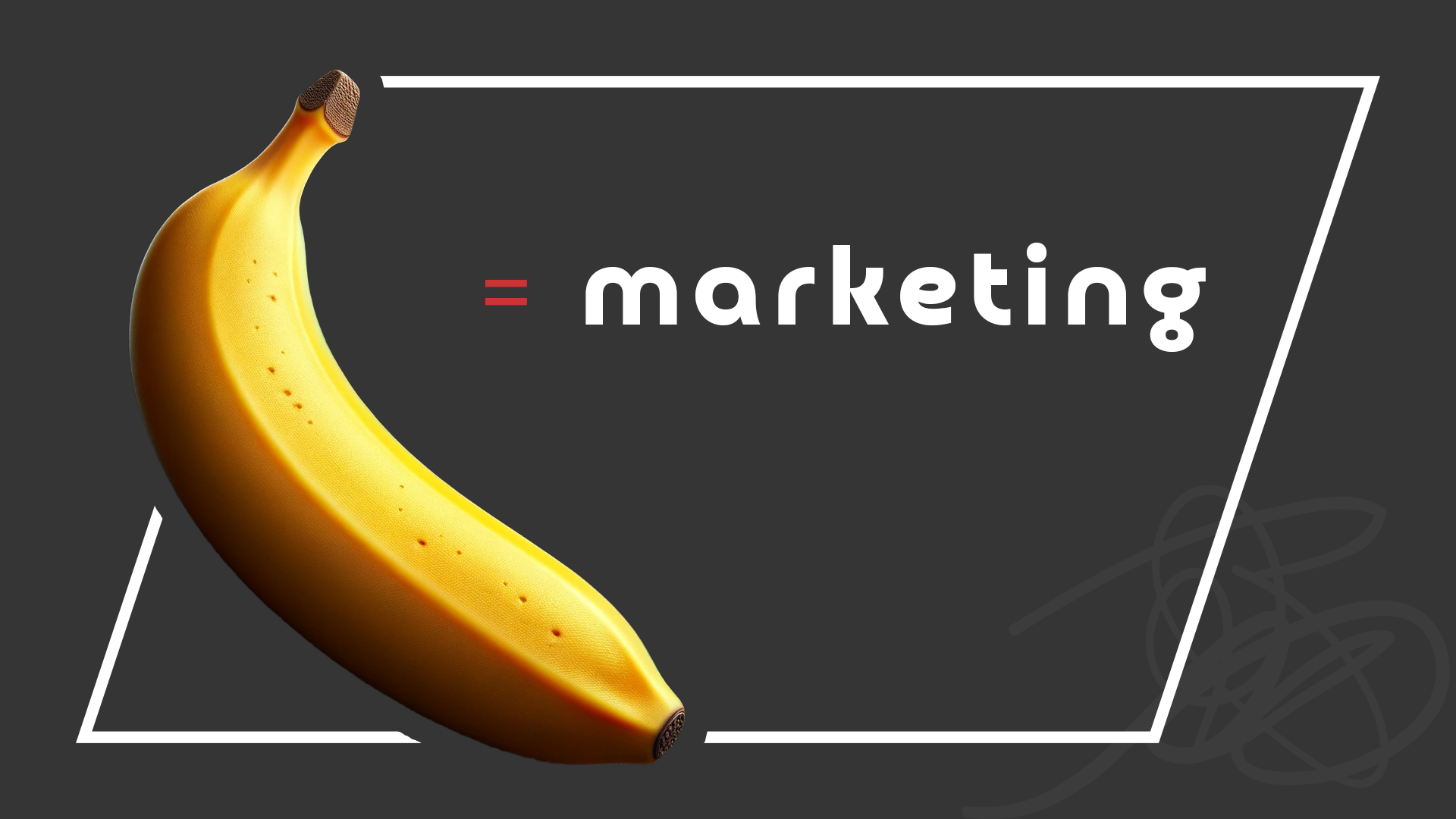Get in touch
402-204-4343
contact@mrnimble.com

The Internet Is a Library
Imagine the internet as an ever-expanding library with billions of books, but no central filing system. Each time you search, the library's "librarian" (aka the search engine) decides which books (or websites) are the most relevant to your query. But how does the librarian make these decisions? That's where Search Engine Optimization, or SEO, comes into play.
SEO is the art and science of making your website attractive to search engines. In a digital age where visibility equates to viability, mastering SEO can be the difference between a thriving business and an unnoticed website. Today, we're diving deep into what SEO is, why it's crucial for your online presence, and how search engines like Google, Bing, and Yahoo decide who makes it to the top of the search results.
By the end of this post, you'll have a clearer understanding of SEO's intricate dance and how you can leverage it to boost your website's visibility, enhance user experience, and foster business growth.
What is SEO?
SEO stands for Search Engine Optimization. It's a multifaceted strategy aimed at increasing your website's visibility in organic (non-paid) search engine results. SEO encompasses both the technical and creative elements required to improve rankings, drive traffic, and increase awareness in search engines.
There are many aspects to SEO, from the words on your page to the way other sites link to you on the web. Sometimes SEO is simply a matter of ensuring your site is structured in a way that search engines understand.
But it's not just about making search engines happy. SEO is also about making your site better for people. At its core, SEO is about crafting a user experience that is informative, engaging, and easy to navigate, helping not only search engines but your users find and appreciate what you offer.
Why is SEO Important?
In today's competitive market, SEO is more important than ever. Search engines serve millions of users per day looking for answers to their questions or solutions to their problems. If you have a website, blog, or online store, SEO can help you get targeted free traffic from search engines.
SEO is important because:
- Online Visibility: The higher you rank in search results, the more likely people will find and click on your site.
- Credibility and Trust:
Websites that appear higher in search results are viewed as more trustworthy and credible.
- User Experience:
SEO involves creating a better, faster, and friendlier website for users. If your users are happy, search engines are happy.
How Do Search Engines Work?
Search engines have one goal: to provide users with the most relevant, valuable results for their queries. But how do they determine what's relevant and valuable?
- Crawling: Search engines use bots to crawl the web and discover new and updated pages. These pages are then added to the search engine’s index.
- Indexing: Once a page is crawled, it’s stored in a giant database from where it can later be retrieved. The index entry for each page describes the content and location (URL) of that page.
- Ranking: When a user submits a search query, the search engine digs through the index to provide the most important and relevant information in the search results, usually referred to as the search engine results pages (SERPs).
The processes of crawling, indexing, and ranking are influenced by hundreds of factors, with relevance and authority being two key components. Relevance means how well a webpage aligns with the searcher’s query, while authority is largely determined by the quality and quantity of links from other web pages.
In the grand scheme, SEO helps search engines understand and present content. Your job as a website owner is to ensure search engines can find, index, and understand your content. In the following sections, we’ll dive deeper into the mechanics of SEO and how you can apply it to your website.
Key Components of SEO:
To truly grasp the essence of SEO, it's essential to understand its core components: On-Page SEO, Off-Page SEO, and Technical SEO. Each plays a pivotal role in how search engines evaluate and rank your website.
#1 On-Page SEO:
On-Page SEO pertains to the elements you can control on your own website. This includes content elements, site architecture elements, and HTML elements.
- Content Elements: This is the substance of your site. Quality content that is original, purposeful, and well-written tends to rank higher in search results. Here, keywords—topics and phrases that users type into search engines—play a significant role. By conducting thorough keyword research and utilizing those keywords naturally in your content, including in your title tags, meta descriptions, and headers, you can improve your site's visibility.
- Site Architecture Elements: The structure of your site impacts your SEO. A well-organized, easy-to-navigate website helps visitors (and search engine bots) find what they're looking for. This includes having a clear hierarchy, a mobile-friendly design, and an SSL certificate for security.
- HTML Elements: These are the technical elements that help search engines understand the content of your page. Title tags and meta descriptions, for instance, not only tell the search engines what your page is about but also provide the first impression to your visitors. Proper use of header tags (H1, H2, H3) helps in organizing your content and making it more digestible.
#2 Off-Page SEO:
While On-Page SEO is all about what’s on your site, Off-Page SEO involves factors outside your website that impact your ranking. This is predominantly about building credibility and authority through links from other websites.
- Backlinks: The backbone of Off-Page SEO, backlinks are links from other websites pointing back to yours. The quantity and quality of these backlinks can significantly affect your site's ranking. High-quality, relevant backlinks from authoritative sites are seen as votes of confidence, signaling to search engines that your content is valuable.
- Social Signals: While the impact of social signals on SEO rankings is debated, there's no denying that social media plays a part in your online presence. Shares, likes, and visibility on social platforms can help increase your site's visibility and direct traffic.
- Online Reputation: Your online reputation, including user reviews and mentions on other websites, can also impact your SEO. Positive mentions can improve your site's visibility and authority.
#3 Technical SEO:
This component focuses on the non-content elements of your website. It includes strategies to improve a site's backend structure and foundation. Technical SEO improves a site’s readability (making it easy for search engines to crawl and understand) and provides a good user experience, which helps search engines see that the site is high quality.
- Site Speed: A crucial factor for ranking and user experience. Faster sites are more likely to retain visitors and perform better in search results.
- Mobile-Friendliness: With mobile searches increasingly outpacing desktop, your site must perform well on mobile devices.
- Secure Connections (HTTPS): Security is a top priority for Google. Sites with HTTPS are given preference over those without it as they provide a safer browsing experience.
- Tools and Best Practices: Utilize tools like Google's PageSpeed Insights, Mobile-Friendly Test, and Search Console to analyze and improve your technical SEO. Regular audits can help identify and rectify issues that might be hindering your site’s performance.
A well-rounded SEO strategy encompasses on-page content, off-page authority building, and technical website improvements. By focusing on these key components, you can create a site that not only ranks well but also provides value to your visitors.
Common SEO Myths:
SEO is awash with myths and misconceptions that can lead beginners astray. Let's debunk a few:
- Myth: SEO is a one-time task. The truth is, SEO is an ongoing process. Search engines frequently update their algorithms, meaning what works today might not work tomorrow. Continuous optimization is key.
- Myth: More links are always better. Quality trumps quantity when it comes to links. A few high-quality backlinks from reputable sites are far more beneficial than numerous low-quality ones.
- Myth: Keyword stuffing improves rankings. Gone are the days when stuffing your content with keywords could trick search engines into ranking your site higher. Today, this practice can lead to penalties.
Understanding these truths emphasizes the need for patience, dedication, and ethical SEO practices. By focusing on creating valuable content and a great user experience, you'll build a sustainable SEO strategy.
SEO Tools and Resources:
Embarking on your SEO journey can be overwhelming, but there are numerous tools and resources available to guide you:
- Google Analytics: Track website traffic, user behavior, and other key metrics.
- Google Search Console: Monitor and maintain your site's presence in Google Search results.
- SEMrush or Ahrefs: Comprehensive tools for keyword research, competitor analysis, and backlink tracking.
- Yoast SEO: A popular WordPress plugin that helps you optimize your content and technical SEO.
For further learning, follow SEO blogs like Moz, Search Engine Journal, and Neil Patel's blog. These resources offer invaluable insights and keep you updated with the latest SEO trends and practices.
How to Get Started with SEO:
Starting with SEO doesn't have to be daunting. Here are some basic steps to get you going:
- Perform Keyword Research: Identify keywords relevant to your content and audience.
- Optimize Your Content: Incorporate your keywords naturally into your titles, headings, and body content.
- Improve Your Site's Performance: Ensure your website is fast, mobile-friendly, and easy to navigate.
- Build Quality Backlinks: Engage in strategies that encourage reputable sites to link back to your content.
Remember, SEO is a marathon, not a sprint. It requires patience, persistence, and continuous learning.
Closing:
SEO is an essential component of any online strategy, impacting everything from visibility to user experience. While it may seem complex, breaking it down into manageable parts makes it approachable for everyone, from beginners to seasoned marketers.
Remember, the journey to SEO mastery is continuous. Stay curious, experiment, and never be afraid to ask questions. The digital landscape is always evolving, and so should your SEO strategies.








